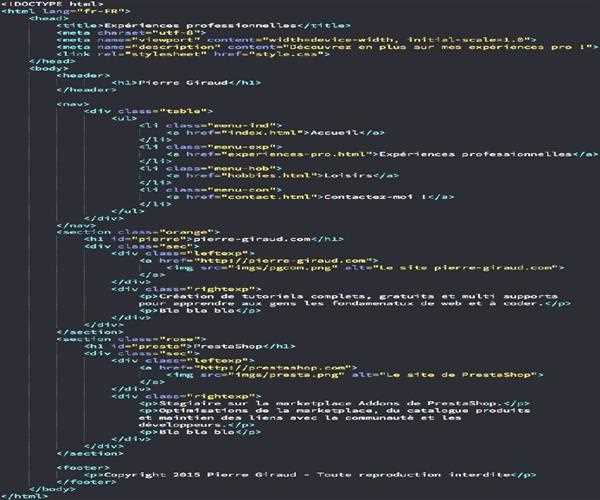While developing a programming language, and with regards to the beginner the most important characteristics of a programming language are simplicity, clarity, and learnability. Clear syntax, strong documentation, and an active community make coding accessible. Integrated debugging tools and environment make the process easier in the development of software. From aspects of complexity, the simplification of the programming languages makes learners deal with basics of programming instead of being bogged down by the technicalities.
One of the key factors to mainly target the beginners is the language having simple and easy to understand syntactical structure. Another requirement under this aspect was that a language for computing should resemble either natural languages or logical structures or both in some means to ease out means to understand. Python, for instance, is very easy to use and has a simple syntax thus making it easier to learn. To begin we do not use any complex symbols and excessive punctuation which may complicate the whole process of coding.
Documentation is very important specifically in constructing a comprehensive documentation concerning this issue. Structured resources, as well as the tutorials and guides are very helpful for starters because they are easy to understand. Most beginner-friendly languages also offer forums where people can come seeking help. When programs are well documented, then new programmers can be able to get to the problems that they are facing and be able to carry on learning with much ease.

There are times when the educational process benefits from a community supporting atmosphere with student involvement. An active community with users will enable the beginners to seek help from others especially through asking questions, sharing their experiences as well as finding out the possible solutions to specific problems from other fellow users in the community. These non-pro shared languages such as Python and JavaScript are easy to learn; they have online materials and frameworks for the noob, as well as group learning through mentorship.
Effectively, the use of programming languages that have embedded debuggers and other related features help make coding manageable. Options such as real-time errors shown in Scratch or using a Python shell allow novices to deal with the mistakes made easily. These tools therefore increase the fun aspect of learning since learners are not frustrated and at the same time hone their problem solving abilities. Speaking of programming languages, the one that incorporates the above key features offers an ideal coding environment to even the learners.
Conclusion
In conclusion, A user-friendly programming language needs to be clear, easy to use and distinctly backed up. Ease of syntax, documentation, community support, and eminent in-built debuggers make this language suitable for learning for novices. As those of the simplest structure and promoting practical practice, these languages allow novices to confidently develop skills and achieve far better results in solving complex problems.